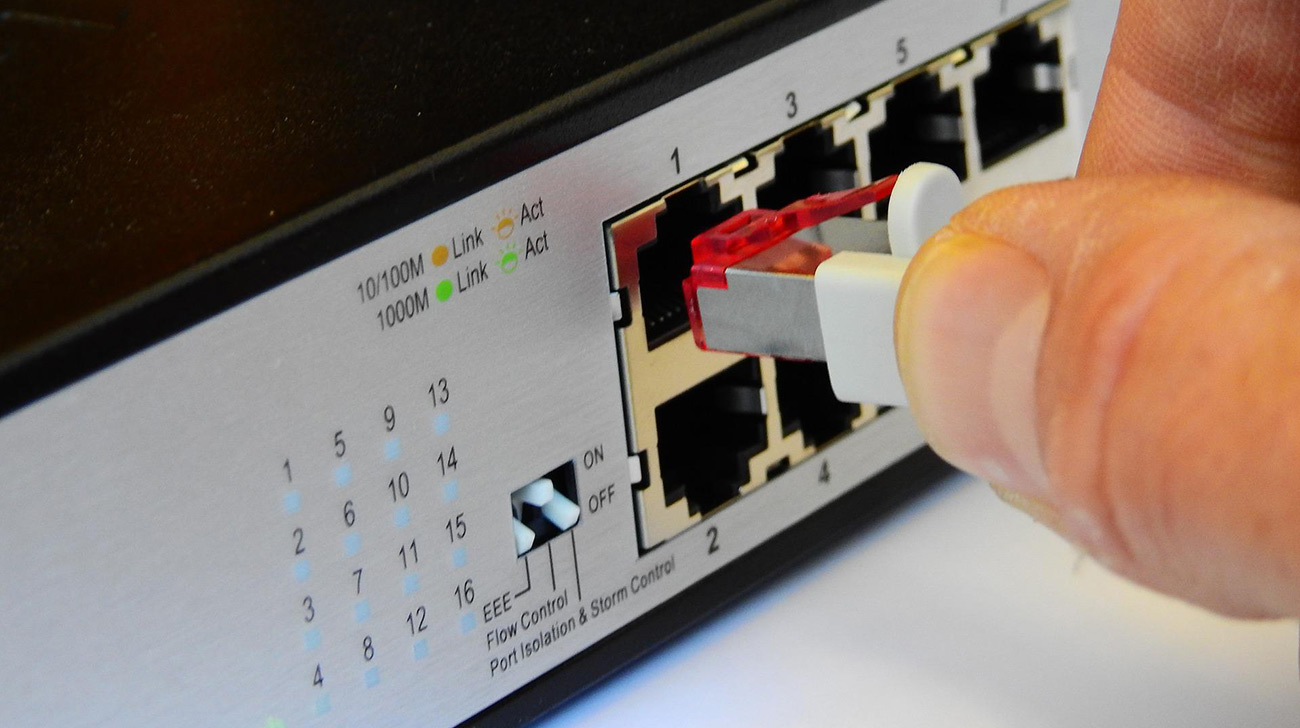When it comes to networking, the differences between Layer 2 and Layer 3 switches can be a bit confusing. These two types of industrial switches are widely used in various industries, so understanding the differences between them is crucial for network administrators. In this article, we will explore the difference between Layer 2 and Layer 3 industrial switches, what they offer, and which one is best suited for your particular networking needs. By the end, you should have enough knowledge to make an informed decision about which type of switch is best for your business.
What are Layer 2 and Layer 3 Industrial Switches?
Layer 2 and Layer 3 industrial switches are designed for different purposes and offer different features. Layer 2 switches are best suited for small networks or those who do not need advanced features, such as Quality of Service (QoS) or security. Layer 3 switches are designed for larger networks and offer more features, such as the ability to route traffic between VLANs.
The Difference Between Layer 2 and Layer 3 Industrial Switches
Layer 2 industrial Ethernet switches are able to forward traffic based on MAC addresses, while layer 3 switches can also route traffic based on IP addresses. This means that layer 3 switches are able to provide a higher level of security and performance for your network.
When to Use a Layer 2 Switch
Layer 2 switches are used to connect devices on the same network. They use Media Access Control (MAC) addresses to forward traffic between devices on the same network. Layer 2 switches do not require configuration and can be used with any type of device.
When to Use a Layer 3 Switch
Layer 3 switches are best for networks that require high levels of security or performance. They can also be used to segment a network into multiple virtual LANs (VLANs).
Conclusion
Layer 2 and Layer 3 industrial switches are both important tools to consider when it comes to networking. Layer 2 is best used for small networks while Layer 3 offers more advanced features that make it ideal for larger networks. Knowing the differences between them can help you decide which switch would be best suited for your organization’s needs, allowing you to maximize efficiency and performance of your network system. With a better understanding of these two technologies, networking experts can ensure they have the right switches in place to keep their business operations running smoothly and securely.



